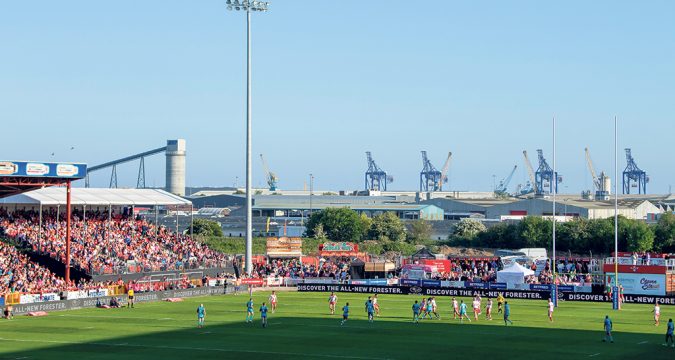 Our journey around the villages, towns, cities and regions that have rugby league running through their veins arrives at the home of the newly-crowned Challenge Cup winners.
HULL KR are flying high.
With the Challenge Cup already in the cabinet, ending a 40-year wait for top-level silverware, Willie Peters' Robins are now seeking a return to th
Our journey around the villages, towns, cities and regions that have rugby league running through their veins arrives at the home of the newly-crowned Challenge Cup winners.
HULL KR are flying high.
With the Challenge Cup already in the cabinet, ending a 40-year wait for top-level silverware, Willie Peters' Robins are now seeking a return to th Locations of League: East Hull
 Our journey around the villages, towns, cities and regions that have rugby league running through their veins arrives at the home of the newly-crowned Challenge Cup winners.
HULL KR are flying high.
With the Challenge Cup already in the cabinet, ending a 40-year wait for top-level silverware, Willie Peters' Robins are now seeking a return to th
Our journey around the villages, towns, cities and regions that have rugby league running through their veins arrives at the home of the newly-crowned Challenge Cup winners.
HULL KR are flying high.
With the Challenge Cup already in the cabinet, ending a 40-year wait for top-level silverware, Willie Peters' Robins are now seeking a return to th 